Teachers in China use innovative AI tools in K12 classrooms. It shows how well each student understands maths. The system gives each child the right task. This is how artificial intelligence is changing schools.
AI brings many good things. But it also has potential drawbacks. Some worry about too much screen time or lost teacher jobs. Still, AI helps with learning and supports new scientific discoveries. It is shaping the future of education every day. Let’s look at the pros and cons of AI in education.
Need AI tools tailored for your curriculum or region?
Partner with Alifa Education Services. We match you with top Chinese ed-tech providers.
Alifa Education Services bridges ed-tech entrepreneurs and policymakers with China's leading AI companies. Get matched with the perfect technology partner for your region.
Book Your Partnership Consultation Today!
Tell us your needs—we'll find your ideal Chinese AI firm match.
How AI Is Transforming Today’s Classrooms
AI is now big in schools. It is not just a test anymore. A 2024 UNESCO report says 87% of countries use at least one AI tool in primary schools.
Countries like China, the US, and Finland use AI in their national school plans. AI helps in two ways—better learning and less teacher work.
Personalised Learning: One Size No Longer Fits All
AI understands how each student learns. This is called adaptive learning. It checks student performance and changes lessons based on how they perform.
For example, the Knewton tool in the US makes a knowledge map for each student. If a student makes the same mistake in maths, it gives easy videos and simple problems to help.
A 2024 Stanford study says this method helped kids learn maths 23% better and read 18% better.
In early grades, AI uses games to help. The Cognii tool talks to kids using natural language. For example:
“If a bear shares five cookies with two friends, how many each?”
It changes the level based on answers. It also helps teachers plan better by showing learning styles and student progress.
Administrative Tasks: From Manual Work to Smart Assistance
Teachers do a lot of work. AI now helps save time:
- Grading: AI reads answers using OCR and natural language processing tools. In China, Zuoyebang helps mark essays fast—2 hours becomes just 15 minutes.
- Student Monitoring: AI watches faces and actions. In one Shanghai school, teachers helped students in just 10 minutes. Kids were 12% more active.
- Parent Talk: AI chatbots answer easy questions. At one Shenzhen school, daily messages dropped from 50 to 10. Parents were 92% happy.
With AI and generative AI, schools can give more learning opportunities to all.
What are the Pros and Cons of AI in Education
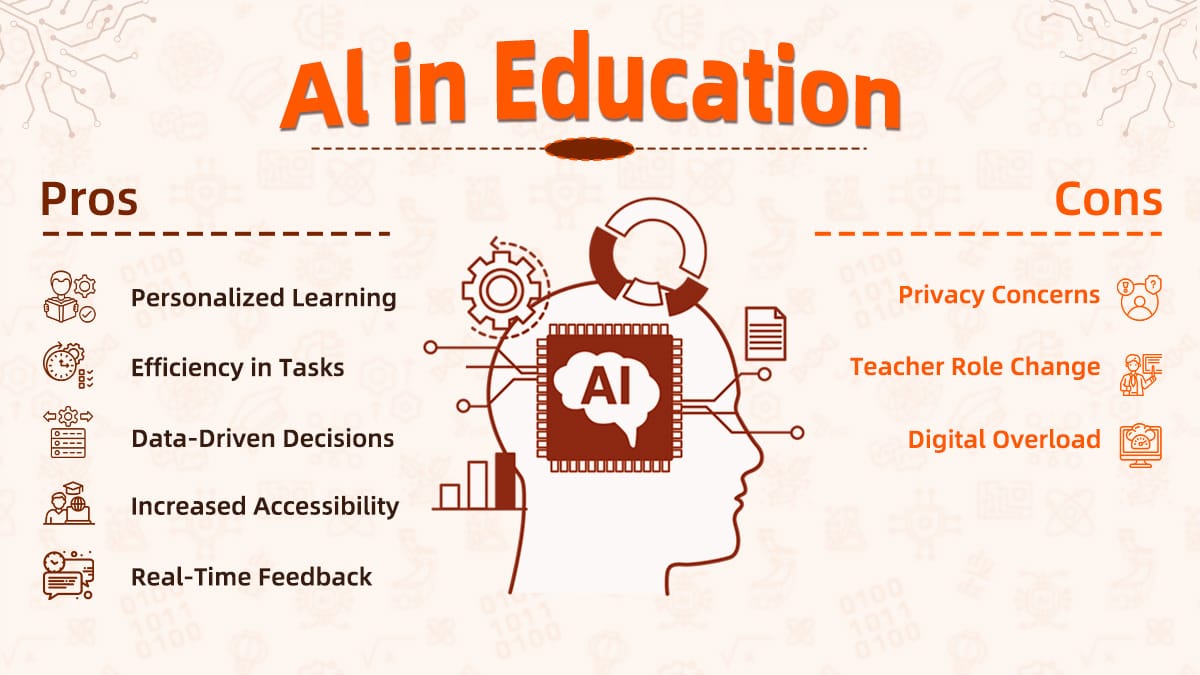
AI in education offers many potential opportunities, but also needs ethical considerations. Schools must balance rapid advances with care to keep learning fair and safe. If used wisely, AI can improve educational outcomes, helping students and teachers in a fast-changing world.
Pros
Personalized Learning and Adaptation
AI customizes lessons to fit each student’s needs. It watches how students learn and changes material to match their strengths and weaknesses. This helps students learn at their own pace. Tools like Khanmigo support different learning styles and give students more chances to improve, especially in Elementary Education.
Efficiency in Administrative Tasks
AI helps teachers by automating repetitive jobs like grading and attendance. This saves time and lets teachers focus on planning lessons and talking with students. With AI handling busy tasks, teachers can work smarter, not harder, improving the quality of education and reducing stress from a busy life.
Data-Driven Decision-Making
AI collects and studies data about student learning and behavior. This helps teachers see patterns and decide how best to teach. Ongoing evaluation of data lets schools improve educational experiences and outcomes. Teachers can better support students and create stronger learning environments using AI insights.
Increased Accessibility
AI tools like speech-to-text, translation, and text-to-speech help students with disabilities or who speak different languages. These tools open doors for all students to join lessons and learn well. AI reduces social inequalities by making education fairer and more inclusive for everyone in the classroom.
Real-Time Feedback for Students
AI tutors and chatbots give quick answers to student questions anytime. This helps students learn on their own and fix mistakes fast. Real-time feedback boosts confidence and memory. It adds to what teachers do in class, giving students more chances to practice and improve outside school hours.
Teacher Empowerment
AI frees teachers from routine tasks and allows them to focus on creative teaching and guiding projects. This helps teachers use their skills better and feel more satisfied. AI supports teachers in managing classrooms and designing lessons, preparing them for educators' future in a world of rapid advances.
Want to put your brand in front of families, students, and education-focused readers? We're inviting select partners to advertise with us on our trusted blog.
Want to get featured? Click 'Learn more' and submit a story for us to include.
Cons
Privacy Issues
AI needs lots of student data, which raises privacy and security worries. Schools must protect personal information and follow strict laws like GDPR. Any data breach can harm students and trust in AI tools. Protecting privacy is key to using AI safely and ethically in education.
Changing the Role of a Teacher
AI can automate tasks, but cannot replace the human part of teaching. Teachers give emotional support and build bonds, which AI cannot do. Some worry about job loss, but AI should help teachers, not replace them. Teachers’ roles will change but stay very important.
Digital Overload in Young Learners
Too much AI use, especially for young kids, can hurt attention and social skills. Studies show that preschoolers using AI for over 30 minutes daily have shorter focus and weaker social growth. Careful use of AI is needed in early grades to avoid these potential drawbacks and protect children’s well-being.
Popular AI Tools Powering Modern Classrooms
AI tools are changing how teachers teach and students learn. These tools save time and improve lessons. AI gives new ways to support better educational experiences in today's busy life.
MagicSchool.ai
MagicSchool.ai offers over 60 tools to help teachers in their busy lives. It helps with lesson planning, grading, and creating learning content.
Built with teacher needs in mind, it follows privacy laws like FERPA. It avoids off-topic requests and keeps focus only on education. An excellent tool for Elementary Education.
Yiyan.Baidu
Yiyan.Baidu is a popular AI tool in education. Teachers use it to make lesson plans, write quiz questions, and give student feedback. It checks grammar, helps with tests, and supports learning.
With rapid advances in AI, Yiyan.Baidu offers potential opportunities to improve educational outcomes and support everyday teaching tasks.
Squirrel AI (Adaptive Learning)
Squirrel AI designs special learning paths for each student. It studies students' work and gives the proper lessons for each one.
This tool supports personalized learning and boosts educational outcomes. It helps students in Elementary Education stay focused and learn better—a great way to use AI for student success.
Gradescope and Turnitin (Administrative Automation)
Gradescope and Turnitin help teachers with marking and checking work. Gradescope grades paper and digital tests fast. Turnitin checks for copied work.
These AI tools save time and let teachers spend more time with students. They improve educational experiences by making feedback quick and fair for everyone.
AI Teaching vs Traditional Teaching - What are the Differences
Let’s look at the differences between AI and Traditional teaching from below.
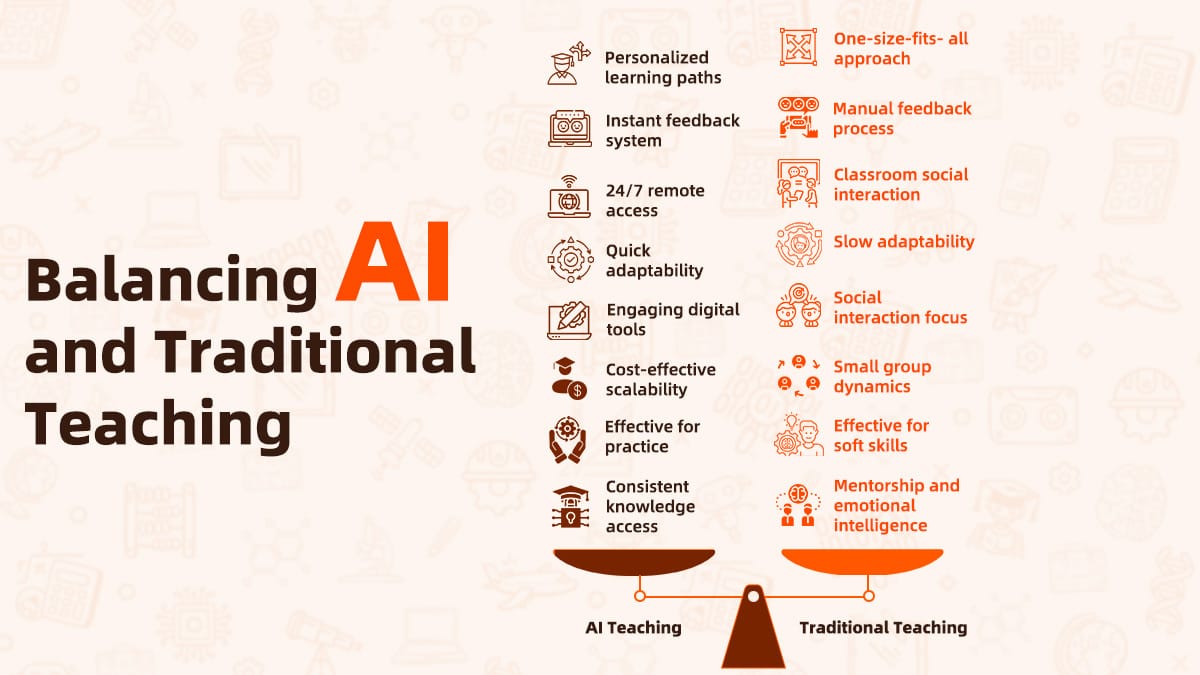
Personalisation: AI teaching is very flexible. It can change lessons to match each student’s speed and way of learning. For example, if a student is slow in maths but fast in reading, the AI will give easier maths and harder reading tasks. This is possible because AI looks at data like mistakes and time taken.
Traditional teaching, on the other hand, uses the same lesson for all students. Fast learners may get bored. Slow learners may feel left behind.
Feedback: With AI, students get instant feedback. If a student answers a question wrong, the AI shows the right answer and explains why. This helps students learn quickly.
Traditional teachers give feedback by checking papers or talking to students. This takes more time but may include emotional support and personal advice, which AI can’t offer.
Learning Environment: AI learning can happen anytime and anywhere. Students can learn at home, at night, or on weekends. But they may miss real people and social time.
Traditional learning happens in classrooms, with fixed times and face-to-face contact. Students talk to each other, ask questions, and make friends.
Adaptability: AI tools adjust lessons fast. They see if a student is struggling and make changes quickly.
Traditional teachers also adapt lessons, but more slowly. They notice if students are tired, confused, or sad, and then change their teaching style.
Student Engagement: AI often uses games, videos, and cool simulations. This keeps students interested. But it can also make students feel alone.
Traditional classrooms use group work and class talks. Students learn teamwork and how to speak up.
Cost and Scale: AI can teach many students at once. It costs less and saves training money. Some schools say AI cuts costs by 60%.
But traditional classes cost more. Still, they offer small groups, which build stronger bonds and teamwork.
Effectiveness: AI is great for teaching facts and doing practice. It is good at repetition and clear tasks.
Traditional teaching is better for soft skills. These include talking with others, being creative, and staying motivated.
Knowledge Transfer: AI gives the same lessons to everyone, anytime. It is very consistent.
But traditional teaching passes down life lessons, culture, and human values. Teachers guide students not just in learning, but also in life.
Wrap Up
AI in education is helpful. It makes work faster and easier. But AI cannot feel or care like teachers do. Teachers help with heart and mind. The best classroom uses both. AI does small jobs. Teachers help students grow. Students learn better with both. That is the future. AI and teachers together. This is the truth about the pros and cons of AI in education. We must use AI wisely and never forget the power of human care.
Looking for the right ed-tech AI partner? Alifa Education Services connects you with China’s top providers.
Book Your Discovery Call Today!
Share your goals. Let us align you with the best Chinese tech firm.
Related Articles
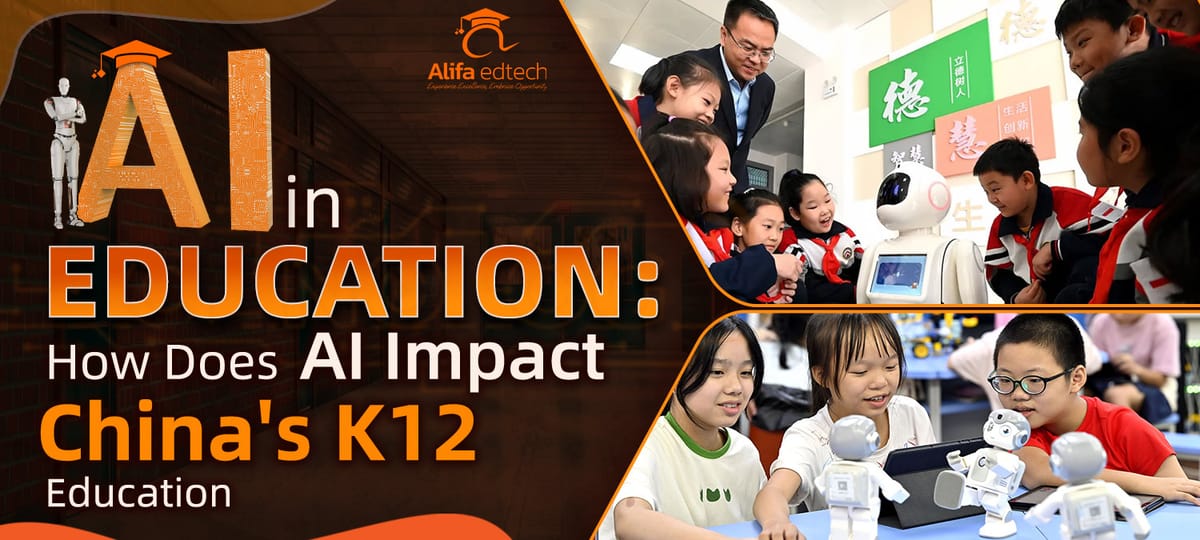






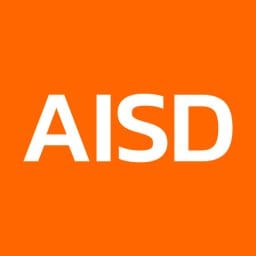
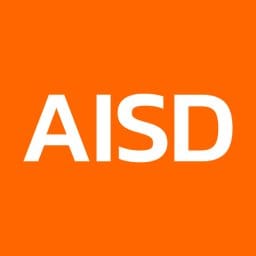
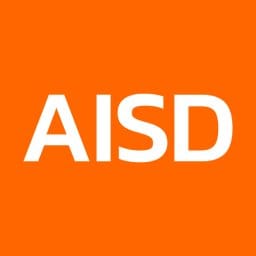
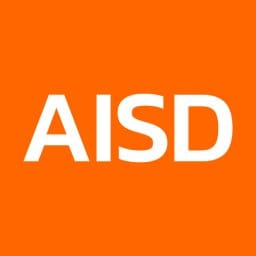




Member comments